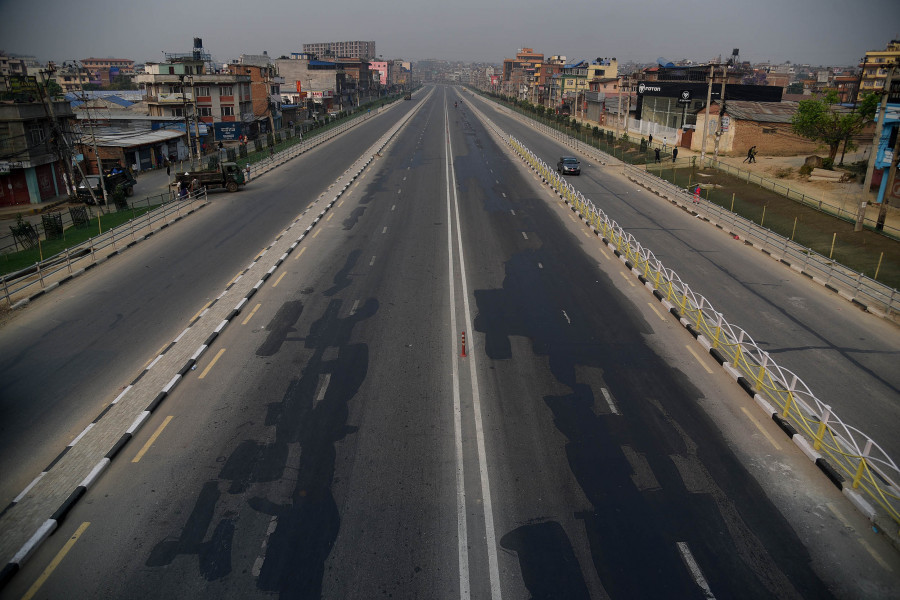Editorial
Look at that!
The sorry state of development means that minuscule infrastructure projects become objects of awe.
As the Mahakali River swelled to unprecedented levels due to an unusual October torrent, the "viral road" in Kanchanpur was swept away in a jiffy. And TikTokers were the poorer for it.
After the incident, TikTokers and the media lamented the loss of the road that was unusually beautiful and well-constructed by Nepali standards. After all, the road had formed the backdrop for hundreds of videos for TikTok. But soon enough, it seemed, the TikTokers had moved on. In an age when the attention span is shrinking each day due to a bombardment of content through social media, content creators hardly have the time to lament the loss of something that helped them create content in the first place. Rather, it makes sense to find yet another location, infrastructure, or creature that will help create yet another viral content. By early November, the TikTokers had found yet another road in Hemja, Kaski.
Almost everything seems to have the prerequisites of turning viral nowadays—a new house built in the traditional style, a new suspension bridge, a new view tower, a new temple. It's just that it has to be discovered by TikTokers. It doesn't take much creative effort to turn a newly constructed, sleek road into a viral or selfie road. A few TikTokers have to just find a new location, shoot videos of them taking selfies on the road, and post them on their accounts. And then TikTokers from all over the country pour into the viral location. The viral road does not just form the backdrop for content, but it also creates new economic opportunities for mineral water, ice cream, sel-roti, bhakka, chatpatey or paani-puri sellers.
At first glance, the priorities of TikTokers, most of whom are millennial youth, seem to be seriously misplaced, as they are often found loitering around looking for content. Woke individuals and intellectuals might be quick in questioning why the young generation is spending time turning as insignificant a thing as a stretch of a local road or a highway into viral objects. But the story behind the young generation running after insignificant construction projects is a tell-tell tale of Nepal’s botched development plans. For as long as we remember, we have been taught to dream so small that a decent 12-kilometre road stretch makes people want to visit it from faraway places, click pictures and make memories before it starts developing potholes like roads everywhere else in the country.
The sorry state of national development means that minuscule infrastructure projects become objects of awe and inspiration in Nepal. People’s aspirations and dreams are more often than not determined by the economic strength and development profile of the country. The poverty of economic resources results in a poverty of thought and dreams, leaving the people surprised when they see a decent-looking infrastructure project, no matter how insignificant it might be in national and global contexts. This is not to argue that big buildings or roads are the only indicators of economic prowess. However, Nepalis have been denied even basic infrastructure that makes their lives comfortable in the form of traffic lights, street lamps, zebra crossings and bridges. If these small requirements were fulfilled, maybe we wouldn’t see these youngsters chasing little somethings to make them viral.




 16.12°C Kathmandu
16.12°C Kathmandu














